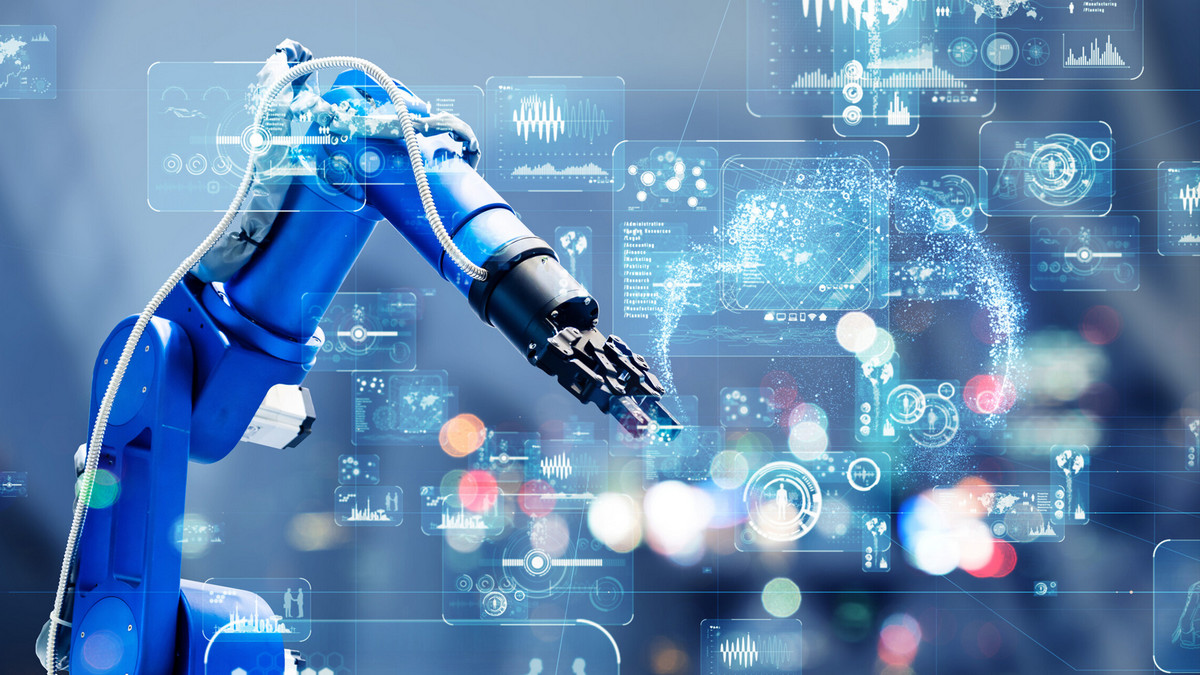The prospects of the global construction industry are promising. The main driving forces of market growth are growth of urbanization and population, housing market, and infrastructure.
The Developments of Global Construction Trends
The development trends of the construction industry in 2021 include but are not limited to increasing demand for green buildings to reduce the carbon footprint of buildings; wider application of building information systems (BIM) to achieve efficient building management; use of fiber-reinforced polymer composite materials, realize the restoration of the aging structure of sustainable development and so on.
Analysis of the Developments of Global Construction Industry
Infrastructure investment is critical for the most advanced economies and countries in the early stages of development. For developing economies, infrastructure such as the construction of roads and the installation of reliable electricity will have a transformative impact on citizens' lives and business prospects. In more mature economies, keeping up with demand and building new and upgraded infrastructure is also the key to sustaining economic growth.
The construction industry not only has a direct impact on the global economy but also has important links with other industries, which means that its impact on GDP and economic development far exceeds the direct contribution of construction activities. The improvement of infrastructure promotes GDP growth, and the availability of infrastructure can increase productivity and promote competition and cooperation.
The construction industry has more than 100 million jobs worldwide, accounting for 6% of global GDP. The added value of the construction industry accounts for about 5% of GDP in developed countries, and 8% of GDP in developing economies. It is expected that there will be a large amount of infrastructure demand in the next two decades. By 2040, global infrastructure investment is estimated at 3.7 trillion US dollars per year. It should be considered that the Americas and Africa have the largest infrastructure investment gap compared with other regions.
Market Size of Global Construction Industry
The scale of the world construction market is constantly expanding. According to market survey data, the scale of the world construction market has grown from USD 9.5 trillion in 2014 to USD 11.4 trillion in 2019, with a compound annual growth rate of 3.71% from 2014 to 2019.
Forecast of the development prospects of the global construction industry. It is predicted that the total output of the global construction industry in 2030 will increase by 85% compared with 2014, reaching 17.5 trillion US dollars, with a compound annual growth rate of 3.9%. The cumulative output value of the global construction industry from 2016 to 2030 is expected to reach US$212 trillion.
Analysis of the General Situation of the Development of China's Construction Industry
China promotes the "One Belt One Road (OBOR)" policy and drives the infrastructure construction of countries along the route. With the continuous advancement of the urbanization of the countries along the route, there is a huge demand for existing urban transportation, water supply networks, power supply systems, and other infrastructure investment. It is estimated that the cumulative output value is expected to reach 44.6 trillion U.S. dollars, and the average annual market space is expected to exceed 3 trillion U.S. dollars. With the continuous enrichment of the overseas business experience of China's international engineering companies, the future overseas market is expected to become an important growth point for China's international engineering contracting companies.
Analysis of the General Situation of the Development of Japanese Construction Industry
Japan is a highly developed industrial country, and the construction industry is Japan’s pillar industry. Strictly speaking, Japan’s economic take-off after World War II was largely driven by government investment in the construction industry. Infrastructure has taken shape in the 1970s and 1980s. With the reconstruction after the earthquake in 2011 and the hosting of the 2020 Tokyo Olympics and Paralympics, a round of domestic infrastructure construction needed to be upgraded, leading to an increase in domestic infrastructure orders. At the same time, with the economic stimulus policies adopted by Japan in 2013, the devaluation of the yen, and monetary easing policies, the Japanese construction industry has entered a period of recovery. In 2017, the added value of the Japanese construction industry was 3,128,800 million yen, and its share in Japan's GDP further rose to 5.7%.
Analysis of the General Situation of the Development of American Construction Industry
The construction industry in the United States is quite developed. More than 96% of the residences are equipped with modern sanitary facilities, and the design, construction, and decoration of the residences are of a high level. Modern residential areas in the United States are developed based on traditional residential quarters. After decades of hard work and exploration, they have shown good results in community planning, design, residential building and community environmental construction, and property management. Its living environment, and ecological environment are of high quality, ranking among the world's leading levels. In 2018, the added value of the U.S. construction industry reached 839.1 billion U.S. dollars, accounting for 4.1% of GDP.
Analysis of the General Situation of the Development of the Construction Industry in European Union
The construction industry is very important to the EU economy. It provides 15 million direct jobs and contributes about 4.84% of the EU’s GDP. In the European Union, the construction industry also creates new jobs, drives economic growth, and provides new solutions to social, climate, and energy challenges. From 2010 to 2018, the added value of the construction industry in the 28 EU countries maintained an overall growth construction trend. In 2018, the added value of the construction industry in the EU reached 777.797 billion euros, a year-on-year increase of 6.4%.














